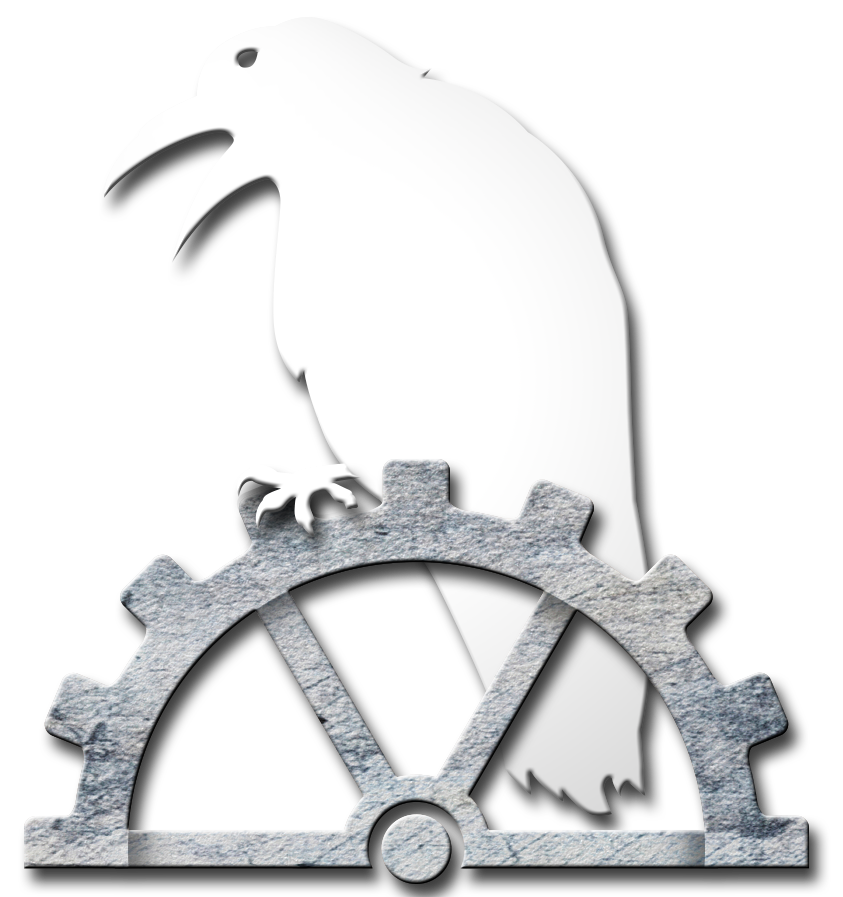 WHAT IS STEAMPUNK BY SCOTT E. TARBET
WHAT IS STEAMPUNK BY SCOTT E. TARBET
This article is reposted by permission from the author’s website.
 Quick—the girl to the left. What’s her deal?
Quick—the girl to the left. What’s her deal?
If you guessed, “She’s a Goth,” with all that entails, you could be excused. Likewise if you guessed she was into Punk Rock–whole different set of societal baggage and expectations.
But the truth is fundamentally different. Truly fundamental.
Before I tell you what that truth is, and why it’s so, let me relate a typical conversation I had just last night.
The word has gotten out in the opera company I sing with—probably because I put it out there—that my first novel (A Midsummer Night’s Steampunk) is about to be released. Truth is, I haven’t just put the word out there; everybody has seen me sit in the dressing room through several productions writing, writing, writing. Writers gotta write, right?
 So last night, a number of people came to congratulate me and pre-order copies of the book. And several of them asked two very typical questions, like this:
So last night, a number of people came to congratulate me and pre-order copies of the book. And several of them asked two very typical questions, like this:
Q: “What’s it about?”
A: “It’s a Steampunk treatment of ‘A Midsummer Night’s Dream’.
Q: “What the hell is Steampunk?”
Typical.
Back to the girl: of course the goggles are a dead giveaway.

She is neither Goth nor Punk. She is something else entirely, something with an entirely different ethos: she’s a Steampunk.
Although Goths and Punks have their own versions of beauty, the Steampunk sensibility involves neither depression, anger, violence, nor destruction.
Steampunk is fundamentally different: it’s the marriage of the curiosity and wonder of science fiction and a nostalgic yearning for the retro-beauty of a simpler, bygone, semi-mythical era. It’s all about creativity, hope and optimism.
Yet even when Steampunk has become so recognizable in pop culture (what better example than this 2013 Halloween TV commercial?), there are still a lot of people who don’t know what it is, and even more who misunderstand it.
So what is it? Where did it come from?
What is Steampunk?
Ask any three Steampunks that question and you’ll get a half dozen different answers. Maybe more. Some will tell you it’s all about the costume play (“cosplay”), the Live Action Role Play (“LARP”), table games, online games, formal balls, and conventions that are springing up across the U.S. and around the world.
The hardcore enthusiasts are frequently organized into “airship crews“, and go on Arthurian/D&D-flavored quests that sometimes involve long distance travel and stretch days and weeks.
Some Steampunks will tell you it’s all about the Big Hollywood Idea, with movies and TV shows proliferating, such as Wild Wild West, the latest pair of Sherlock Holmes movies, and Back to the Future, Part III.
Still others will tell you it’s all about the ‘Victorian Futurism’ graphic arts or the costumes. One of the fundamental activities of each and every Steampunk con is a formal fashion show, followed by lots of admiring each others’ costumes, taking pictures of each other, and picking each others’ brains for tips and tricks.
Ditto with the weaponry. For more than one Steampunk it’s all about the creativity of the retro-futuristic weaponry. Repurposing Nerf guns is particularly popular, and most cons feature Nerf battles.
The Settings
Common denominators in all the forms of steampunkery include a Victorian or fantasy-Victorian setting, sometimes in the U.S. Wild West, during the budding Industrial Revolution. Usually electricity is present, but hasn’t become widespread, and steam power rules. Clockwork mechanisms are everywhere; thus the gear motifs that dominate steampunk art.
Some fantasy variations include post-apocalyptic scenarios in which technology has reverted to steam power. These scenarios vary by storyteller, be they authors, movie makers, or LARP leaders, and are limited only by the power of the storytellers’ imaginations.
The Roots in Literature
All of the different manifestations of Steampunk culture come back to the literature–the books and short stories.
 The term “steampunk” was coined by K.W. Jeter, an author of the emerging sub-genre, back in 1979, and has flowered ever since. Since that time there have been hundreds of new Steampunk authors and titles every year. Some of the most notable include:
The term “steampunk” was coined by K.W. Jeter, an author of the emerging sub-genre, back in 1979, and has flowered ever since. Since that time there have been hundreds of new Steampunk authors and titles every year. Some of the most notable include:
- Philip Pullman (His Dark Materials series, 1995-2000)
- Scott Westerfeld (Leviathan series, 2009-2012)
- Stephen Hunt (Jackelian series, 2007-2012)
- China Miéville (Bas-Lag series, 200-2004)
- Tim Powers (The Anubis Gates, 1983)
- James Blaylock (Homunculus, 1986)
- K.W. Jeter (Morlock Night, 1979; Infernal Devices, 1987)
H.G. Wells and Jules Verne were the proto-pioneers of the sub-genre, and are worth picking up over and over again.
Now that you’re an educated consumer of Steampunk, new horizons are open to you. Have fun!
Scott Tarbet manages to squeeze in his writing between belting out tenor arias and/or playing villainous thugs for the Utah Opera Company, and running his Texas barbeque catering business in Salt Lake City, Utah.
His short story, “Tombstone,” was released in October, 2013. His first full novel, A Midsummer Night’s Steampunk, a revisionist history expansion of Shakespeare’s classic, is slated for release in November, 2013.

